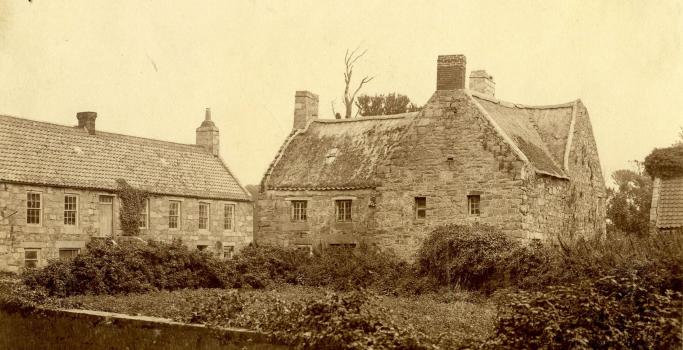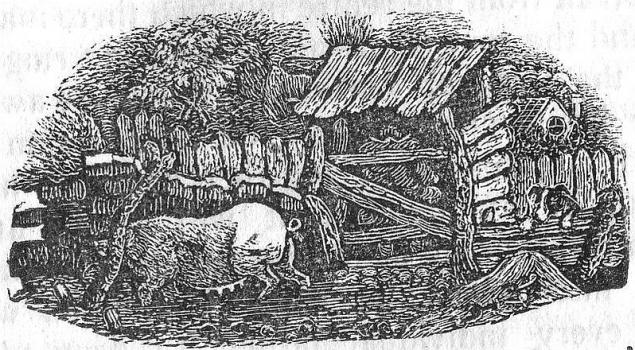From The Star, September 14, 1916: Lance-Corporal H J Bisson, son of Mr H F Bisson, monumental mason, St Julian's Avenue, writes home to his wife, who lives at L'Islet, that he has been awarded the Distinguished Conduct Medal.
From Henry Tourtel of St Martin's Commonplace Book, 1817-1831, in the Library.
From W T Money's diary of his visit to Guernsey in 1798, edited by Edith Carey, and reproduced in the Report and Transactions of the Societe Guernesiaise (1931). Not much has changed, not even the views from the Library that Money so much appreciated.
From the Star, May 11, 1837.
The details of De Havilland's court martial, resignation, and restoration in India. 'Lord Minto, in his general orders from Madras, respecting the late defection or quarrel, published a list of twenty-two officers who were to be tried by court martial, or optionally to resign the service; my name was among these, and therefore I now avail myself of this opportunity to explain the grounds upon which I was implicated; in the hope that such explanation, faithfully given, may reach my descendants.'
'One of the quaintest possible specimens of an old Guernsey dwelling'; so says the author of a report in The Star, October 20, 1915, under the byline: 'Another ancient landmark disappearing.' The photograph is by Edith Carey. She says tradition had it that the house was built in the 12th century and was connected with the Fief au Comte; the house on the left was demolished in 1921.
From the Town Church Registers. Victims of the slave trade. The Rivoire family, and a letter from John Rivoire of Guernsey to his cousin, Paul Revere. He was a Captain of a militia company in Guernsey: his brother Captain William Rivoire was lost at sea.
The names of the Alderney people have been extracted and normalised.
A surprising dark side to life at the Town Hospital is hinted at in this Royal Court case. Unmarried local girls who became pregnant and who sought help at the Hospital, although treated kindly, were nevertheless put under a great deal of pressure to disclose the name of the father, so that he would be responsible for the child's maintenance and not the parish, but the threat extended to this girl is another thing entirely and seems to have terrified her. It should be noted that the Star newspaper chose not to mention the dress and represented the trial somewhat differently.
'I have cured persons whom the Doctors had given up; if I am guilty it is of that.' The King versus D'Orléan, the conclusion of a protracted case which opened in the Royal Court, Saturday, December 10th, 1836. Much of the evidence was heard in camera. D'Orléan was practising as a veterinary surgeon. The folk of the country parishes—Judith Lainé, the Bichards, Rihoys, Reniers, Mahys, Galliennes and Ogiers, in this case—are as usual regarded as ill-educated and credulous by Guernsey's sophisticated urbanites. The details of the case are reported in the Comet of February 6, 1837.
An appeal to the Royal Court. From the Comet, February 16, 1837.
From an editorial in the Star of December 12, 1836. The woodcut of a 'frisky' Guernsey pig is from Dr Thomas Bellamy's Pictorial Directory of 1843, in the Library collection. The writer comments on the credulity of those in the country parishes, who continue to venerate such impostors and quacks as Louis D'Orléan, about to face trial for imposition, and in doing so gives us details of the case of Nicolas Roussel which, although having occurred in 1807, 'is not yet forgotten, and just a few particulars respecting it will not, just now, be unacceptable'.


